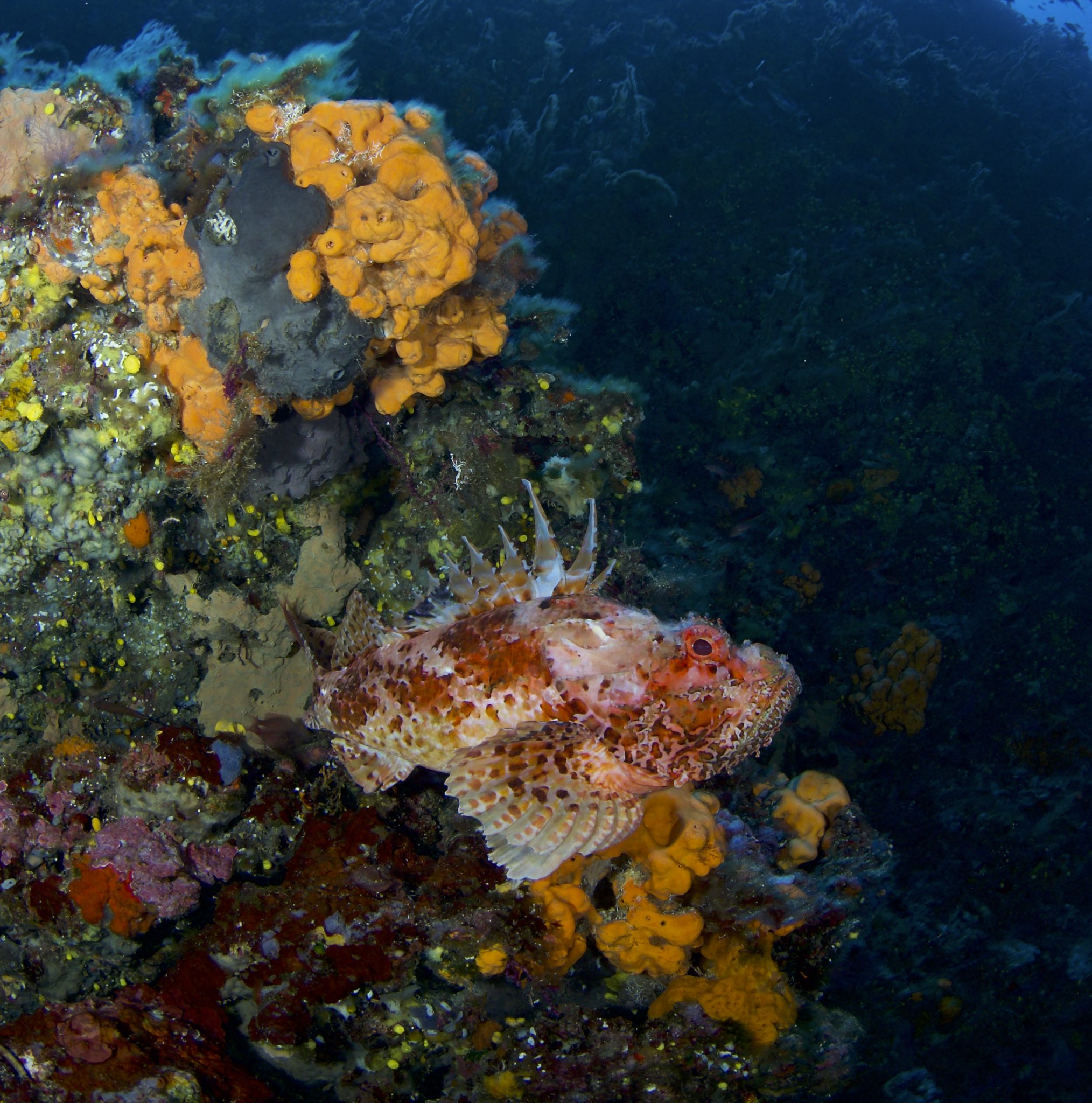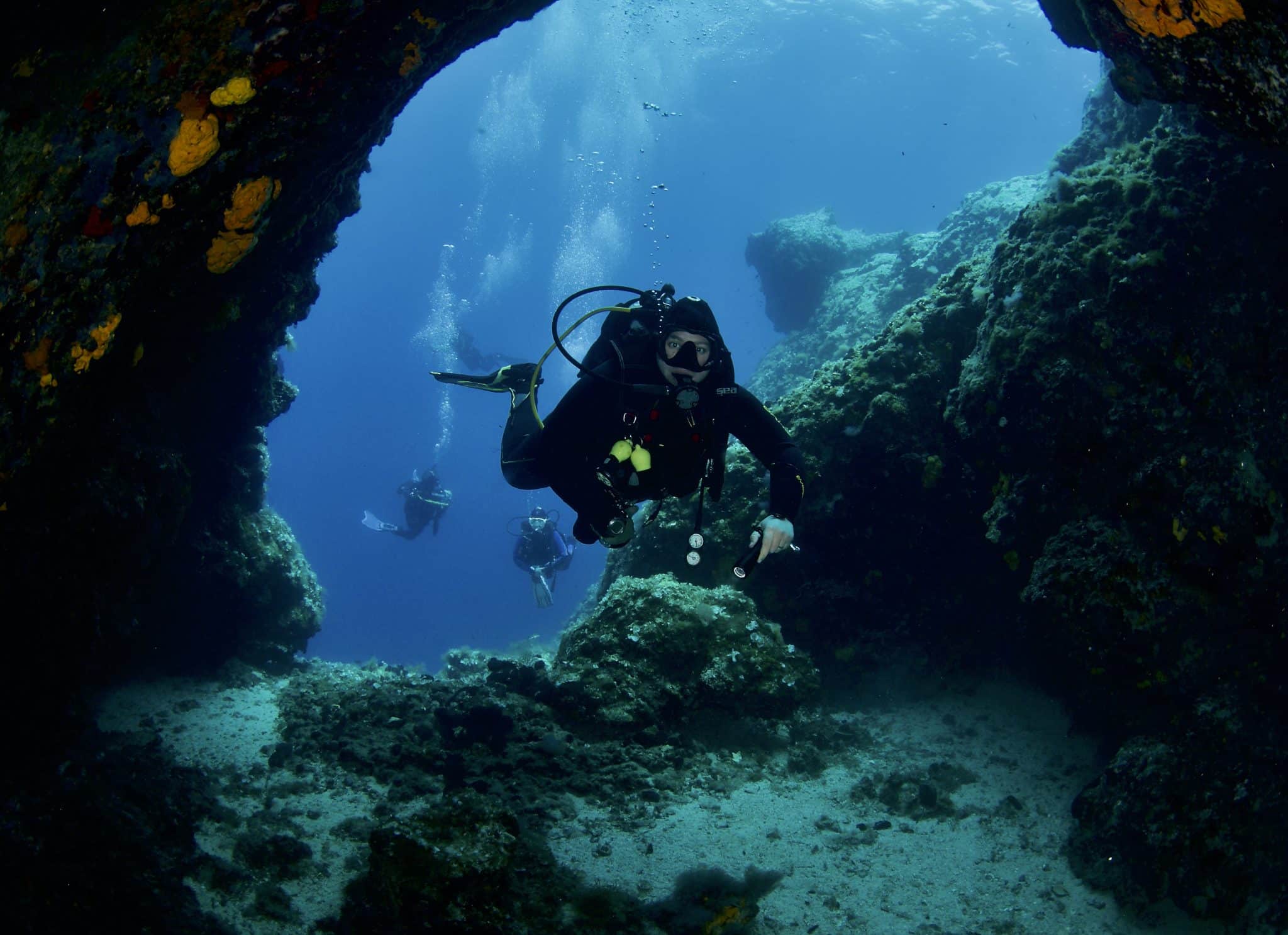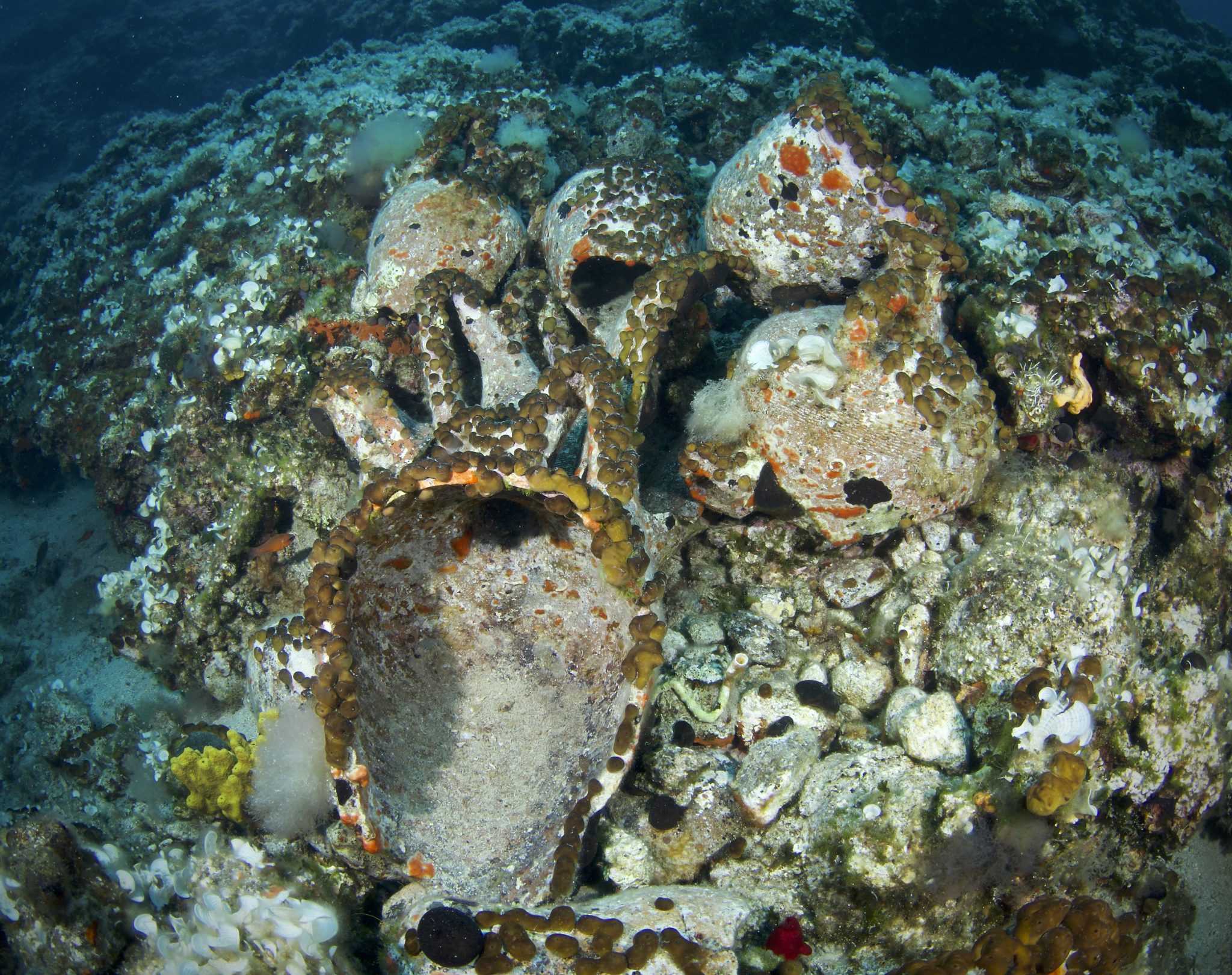Alonissos Triton Dive Center is a PADI 5* Instructor Development Resort located in Alonissos, Greece, dedicated to providing the highest level of instruction in scuba diving, freediving, and snorkeling. We offer a comprehensive range of courses, from beginner-level dives and Open Water certification to advanced certifications up to Master Divers and Instructors. Additionally, we provide a variety of specialty courses, Read more...


Overview
Fact File
| Capital | Athens |
| Population | 10.3 million |
| Languages | Greek |
| Time | GMT+2 |
| International Dialling Code | +30 |
| Currency | Euro € |
| Tourist Board | |
| International Airports | Athens (ATH), Thessaloniki (SKG), Rhodes (RHO), Chania (CHQ), Heraklion (HER), Mykonos (JMK), Kos Island (KGS), Corfu (CFU), Kalamata (KLX), Kevala (KVA), Kefalonia (EFL), Lemnos (LXS), Lesbos (MJT), Samos (SMI), Skiathos (JSI), Zakynthos (ZTH), Lefkada (PVK). |
About The Diving
With so many islands the amount of choice is the real problem any diver will face. The conditions are often good, with warm water, great visibility, little current and dive sites are often either shore dives or only a short boat ride away. From reefs, caverns, walls, volcanic underwater seascapes, wrecks from throughout history, underwater archeological sites and plenty of colourful marine life, there is diving for absolutely everyone here. There is so much choice in Greece it would be impossible to cover it all, but we have provided a rundown of a small selection of highlights by geographic region below.
Video
Dive Highlights
Cyclades
Santorini is a volcanic island, where you can dive inside the clear waters of the caldera. The numerous volcanic eruptions have created a fascinating underwater seascape of lava formations and caves. The Nea Kameni (“New Burnt”) island and Palea Kameni (“Old Burnt”) island dive sites within the flooded caldera are by far the most popular. The Santa Maris passenger vessel wreck sitting upright in 18m and the drop offs and walls covered with life make for some incredible diving.
Naxos has excellent visibility of 30m or more, with calm waters. This makes it a great location for beginners. More experienced divers have the option of diving the wrecks of the Marianna and the WWII RAF Beau-fighter. The Marianna is a 91m dutch cargo ship which sank in 1981, now sitting in 23m of water has become a home for marine life and is a great dive for advanced divers or those wishing to gain experience wreck diving. The RAF Beau-fighter is a British long range heavy fighter shot down in 1943. The crew bailed out and were rescued by local fishermen. She now lies flat on the bottom in 34m and is in good condition.
Mykonos is best known for its party scene however there are some impressive wreck dives and a great cave dive, which are well worth the trip. The Anna II is a 62m long cargo ship that sank in 25m of water in 1995. The wreck is accessible for penetrating within the light zone and the surrounding reef is colourful and full of interest. The Peloponnesos is a more challenging dive best suited to experienced divers. This 64m long passenger cargo ship sank in 1926 now lies in two pieces and is a stunning artificial reef. The protected area of Tragonisi Cavern and cave system off the east coast has some amazing topography and the Seal Cave site offers an extremely rare chance to share the water with the endangered Mediterranean monk seal. The cave system is suited to experienced divers only. For marine life, Paradise reef is well named with colourful reef, shoals of vibrant fish and octopus.
Amorgos
The island was put on the map by the 1988 film “The Big Blue”and sparked a worldwide interest in freediving. Amorous has some lovely dive sites including walls, reefs and pinnacles. The Deep Blue Wall to the west is a stunning wall with shoals of fish, barracuda and the chance to see turtles and dolphins. Nikouria cave is another top site, the walls covered in bethink life and silvery fish darting in and out of the light. For wreck lovers, the Marina 3 is a 154m cargo ship which sank in 1981, with the propellor at 30m.
Kea is a small island with a big wreck dive. The HMHS Britannic is the sister ship of the Titanic, a gigantic ocean liner, requisitioned into service as a hospital ship in WWI. She struck a German mine and sank in 1916. Suitable only for experienced technical trimix divers this 122m deep wreck offers something more challenging. Permission is needed as the HMHS Britannic is a war grave. For recreational divers Kea has the wonderfully preserved wreck of the paddle steamer Patris, which sank off the south coast of the island in 1869 in 18-35m of water with no loss of life. For colourful marine life head to Kayla Bay to spot colourful fish and a relaxed dive.
Crete
Crete is the largest and most southerly of the Greek Islands. Highly regarded as a fantastic holiday destination due to its vibrant towns and villages, beaches, mountainous interior and incredible archeologic sites, it also boast a wealth of great diving. The clear blue waters make for excellent visibility and their are certainly no shortage of dive sites to choose from!
Near Heraklion is a German WWII Messerschmitt wreck, now home to moray eels and Amphorae reef, featuring a large ceramic wine vase from the Neolithic period.
Chania in the northwest has a spectacular site suited to experienced divers. Elephant’s cave holds the fossilised remains of extinct elephants as well as amazing stalactites and stalagmites. The whole area is home to a stunning topography and reefs suitable for all levels. The waters around Chain are also home to some unique life not found in other area like the black corals.
Skinaria in the north is home to abundant marine life in the rocky reef and seagrass, whereas further east Loggerhead sea turtles like to call Nikolas reef and ancient sunken Minoan city home near Elounda.
Dodecanese Islands
Rhodes is the largest of the Dodecanese Islands and has more than 30 dive sites. The Caves of Antony Quinn is a great one for advanced and cave divers to explore. The Cave of Seals is a great place for seal interactions and many sites around Rhodes are excellent for beginners, so this is a great area for learning or furthering your skills.
Ionian Islands
Zakynthos boasts a marine park, set up to protect loggerhead sea turtles, with several excellent dive sites, where divers can come face to face with these charismatic creatures. Lakka has an undersea arch at 12m home to octopus, grouper and lobsters, while the Blue Caves are a system of underwater caverns and a very popular diving area. For technical divers the wreck of the HMS Perseus is a British submarine which sank in WWII after hitting an Italian mine in 1941, she now lies in 52m between the islands of Zakynthos and Kefalonia and makes for a very special dive.
Corfu has diverse marine life, wonderful topography and ancient shipwrecks. Paleokastritsa has some incredible rock formations and caves with lots of marine life and great visibility. It is a great choice for beginners with plenty to keep the more experienced divers happy too. The Monastery on the northwest coast has amazing caves with vibrant colours, while the Hole of Ha is an incredible cavern dive. This easy dive features and cavern inside the mountain with an open roof, creating an incredible view through the water of the trees that grow on the mountain slopes above.
North Aegean
Lesvos has over 30 sites, spectacular wall dives, reef and caves. The fabulous Mirmigi Reef, with its volcanic formations the topography is otherworldly and the site has masses of marine life. The site is suitable for all levels as there is no currents, the vis is great and the dive site goes from 5m to 36m, so divers can pick their depth.
Chios Island just 7km for the Turkish coast is famous for its underwater caves and incredible sea walls. With sites suitable for all divers and reefs and shipwrecks its a great spot for divers of any level. The walls here have migrating marine megafauna, from swordfish and turtles to sperm whales.
The Sporades Islands
The Sporades Islands of Skiathos, Skopelos and Alonissos are a wonderful all round holiday destination. These quieter islands have a relaxed feel and here you can find secluded beaches, beautiful fishing villages and plenty of land based activities. The Sporades also boast some of the best diving in Greece.
The National Marine Park of Alonissos and Northern Sporades is a protected area with healthy marine life and a population of endangered Mediterranean monk seals. Dive sites here have amazing topography and plenty of life with walls covered in gorgonians, caverns with dappled light shining through azure waters and an absolutely amazing archeological site. An ancient shipwreck from 425BC! The Ancient Shipwreck of Peristera is open to divers as an underwater museum, when divers can observe the cargo of amphorae preserved on the seabed in 30m of water. A truly unique and unforgettable dive.
When To Go
Diving is possible year-round however summer is generally considered to be the best diving, with the season running May through November with water temperatures ranging from 15-26°C during this time. June through August are the peak tourist months, so the shoulder seasons can offer cheaper holiday options with good diving.








